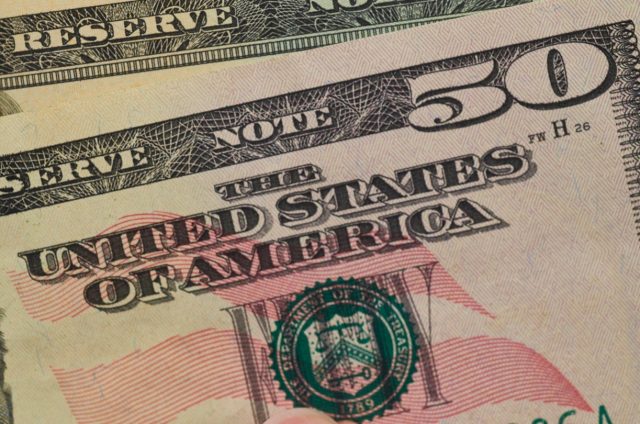Casey D. Cain works as a project manager and logistics specialist for an international investment firm. In the following article, Casey Cain discusses the mysteries of investing, and the key investment concepts, while outlining different asset classes and practical tips to building wealth.
No one wants to make enough money just to get by.
But that’s easier said than done. Nearly 70% of American households have less than $1,000 in an emergency savings fund, according to the Associated Press and Forbes. Over a third have no emergency savings at all. Retirement savings? Nearly Two-thirds of American millennials have no savings for retirement either.
Building wealth is challenging, but it’s essential to one’s financial and overall well-being. It takes discipline, a shift in priorities, patience, and foresight. Here’s how to get started building the wealth needed for a comfortable present and future.
Casey Cain Says to Make a Plan
Get-rich-quick schemes are tempting but usually disastrous. Building wealth requires a comprehensive and, most of all, realistic financial plan.
Casey Cain says to start with financial goals. Yes, building wealth is the ultimate goal, but it can’t be reached without setting smaller financial targets at first. There should be short-term goals such as saving a certain amount each month or year and establishing emergency savings.
Eventually, there will be longer-term and loftier goals as one becomes more financially stable, such as saving $50,000 in 10 years to help with the down payment on a home or paying for one’s college education. Start off by making three-to-five short-term and three-to-five long-term goals and go from there.
Create and Stick to a Budget
Casey Cain explains that one of the most important goals in any financial plan is developing a budget. That’s especially true when one is trying to build wealth.
Take a hard look at a typical month’s expenses and income. Typically, bad spending habits will become clear. Perhaps it’s spending too much on going out to eat or entertainment. Sometimes, a monthly bill is too expensive and not necessary, such as certain TV streaming services.
Overall, building wealth means having a deep understanding of where one’s money goes each month, cutting back on “wants” versus “needs” and integrating some sort of investment strategy within a budget. Don’t forget to track all purchases and income and make adjustments as needed.
Focus on Savings
With the skyrocketing cost of food, utilities (and, well, everything else), focusing on savings may seem near impossible. It’s not.
A good first step is to set up an automatic savings and retirement account; even just a relatively low amount of cash going into savings each month will add up quickly. Another approach is linking an IRA account to a bank account and setting up scheduled money transfers each month or so.
Casey D. Cain notes that it’s not a set-it-and-forget-it situation. Be sure to review a savings plan at least once and year. Perhaps it’s still best to let the cash sit in an account untouched. Depending on the strength of several financial markets, it may be time to invest some of it in bonds or stocks and then adjust the proportion going to each over time.
Diversify Income Sources
Casey D. Cain says that even small amounts of cash that are saved regularly can grow significantly if it’s allowed to compound over time. But why limit oneself?
If it’s possible, explore other sources of income to build wealth and savings even faster. A person’s full-time job falls under the category of earned income — cash received from actively making a living. This usually covers part-time or freelance jobs as well.
Passive income is what comes from investments. Typically, a secure amount of earned income is needed to even begin making passive income.
Casey D. Cain says that adding income can come from asking for a raise, changing careers, or focusing on a career path that traditionally pays well (and higher than what one was made before). It can come from fostering a passion, such as selling artwork or walking dogs. It can mean investing in a degree that will result in a better-paying job.
 Pay Down Debt
Pay Down Debt
Casey D. Cain says that building wealth is unattainable if one is saddled by high-interest debt. Paying debt down and then off means one can invest more or boost savings. Try either paying off high-interest debt first, and then moving to lower-interest debts (the debt avalanche method) or paying off the lowest balances until reaching the highest debt (the debt snowball method).
Consider Real Estate
More than 100 years ago, Andrew Carnegie noted that 90% of millionaires become wealthy through real estate.
Real estate remains one of the most lucrative and safest investments to make when one is on the path to building wealth. For many, it’s passive income — investing in a property that is maintained by others or leads to monthly rent checks without much effort on the investor’s part.
Casey Cain says that it also helps that there is a slew of tax benefits that come from real estate, such as deducting expenses such as property taxes and mortgage interest.








